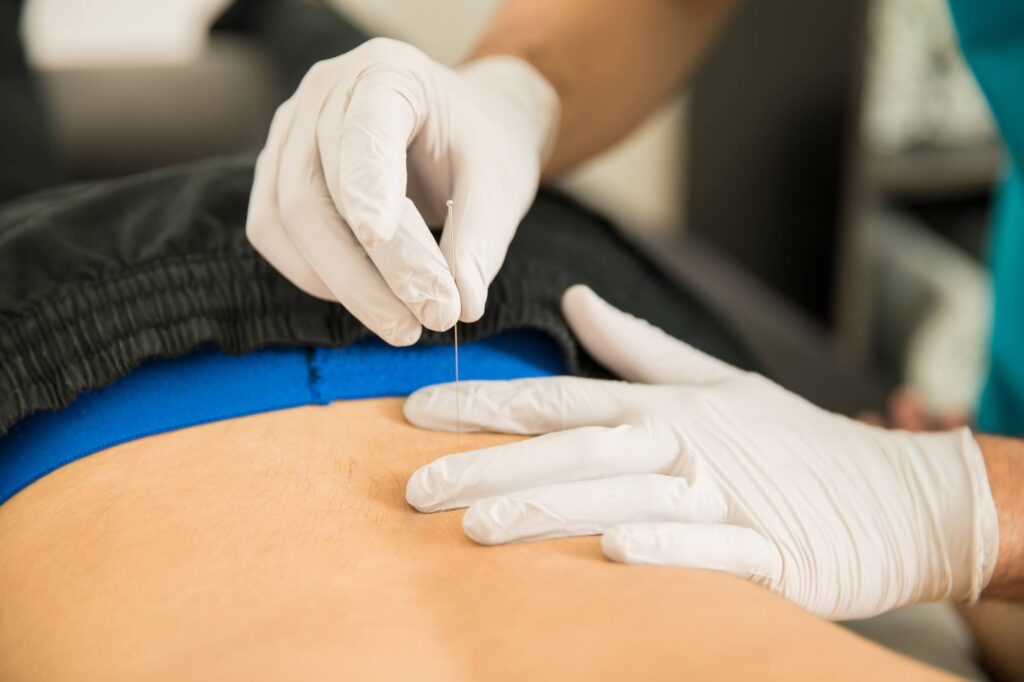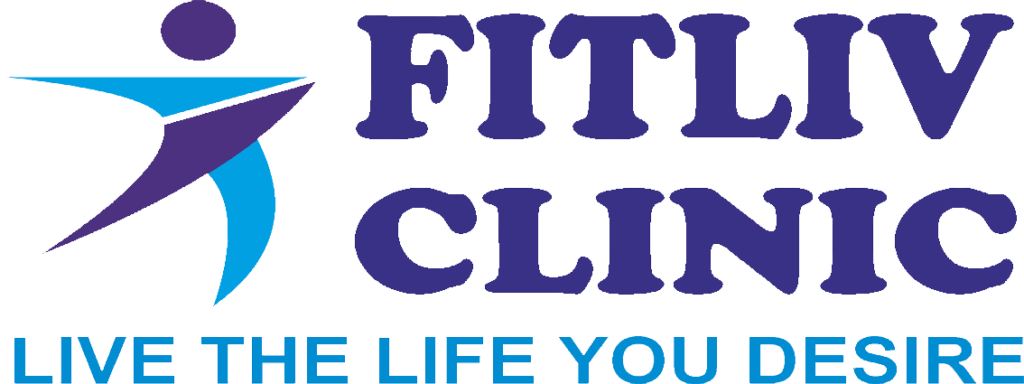Dry Needle Therapy
What is Dry Needling?
Dry Needling is a skilled intervention that use a very thin needle to penetrate the skin and muscles to stimulate Myofascial Trigger Points for management of neuromusculoskeletal pain and movement impairment.It is technique used to treat dysfunctions in skeletal muscles, Fascia, and Connective tissues. In Dry Needling, we use a very thin needle, there is no injectable solution hence known as Dry Needle.

Proper Dry Needling of myofascial trigger point will elicit a local twitch response (LTR), which is an involuntary spinal cord reflex in which fibers of the affected muscle contract and then relaxes which result in release of Myofascial Trigger Points.
How Dry needle is different from Acupuncture?
Acupuncture practiced by acupuncturists and dry needling is performed by Physical Therapists differ in terms of historical, philosophical, indicative, and practical context. Dry needling performed by physical therapists is based on western neuroanatomy and scientific studies of musculoskeletal and nervous system. Physical therapists who perform dry needling do not use traditional acupuncture theories or acupuncture terminology.
Why choose dry needling?
Musculoskeletal pains are not often explained from a muscle perspective. However, referred pain from muscle parts can mimic other musculoskeletal pains as shown in the image. these so called ‘Myofascial Trigger Points’ are sources of persistent peripheral nociceptive input and their inactivation is consistent with current pain management insights.

Trigger Points of the gluteus medius muscle and its possible referred pain patterns.
Note the potential overlap with ‘hip’, ‘SI Joint’, ‘Sacrum’ or ‘Low back’ pains.
In Fitliv Clinic, Dry neddling is performed once the physical therapy examination and evaluation are completed and clear therapeutic goals and objectives are established. Dry needling may be incorporated into a treatment plan when myofascial trigger points are present, which may lead to impairments in body structure, pain, and functional limitations. Dry needling also is indicated with restrictions in range of motion due to contractured muscle fibres or taut bands, or other soft tissue restrictions, such as fascial adhesions or scar tissue.
